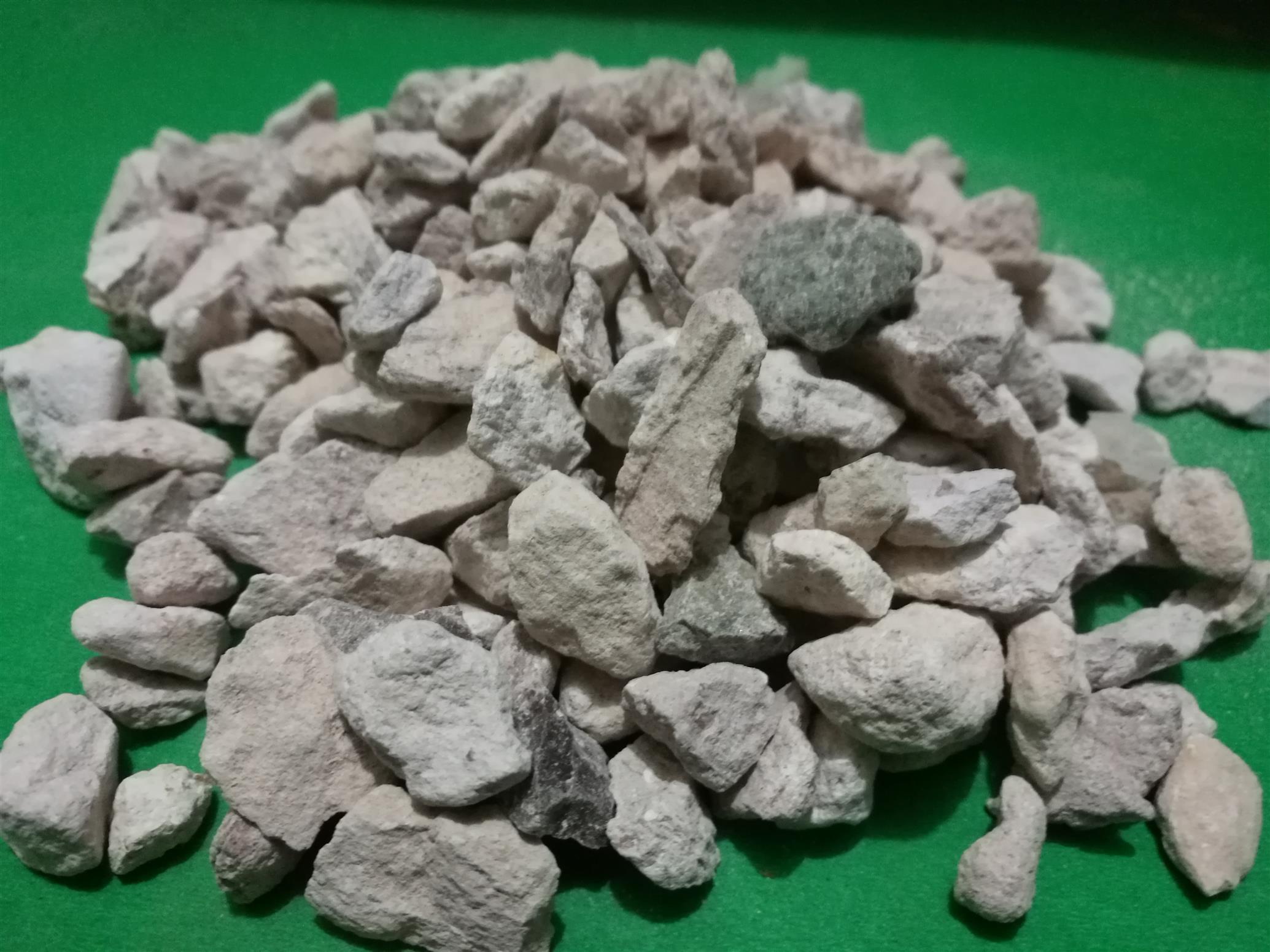
Fine Grey Sand for Various Construction and Landscaping Uses
The Versatility of Grey Fine Sand An In-Depth Exploration
Grey fine sand is often overlooked in the vast world of construction and landscaping materials. Yet, its properties and applications are far-reaching and essential in various industries. This article aims to explore the characteristics, benefits, and uses of grey fine sand, shedding light on why it deserves more recognition.
Composition and Properties
Grey fine sand typically consists of finely graded particles, with diameters ranging from 0.062 to 0.25 millimeters. Its color ranges from light to dark grey, depending on the mineral composition. The sand is predominantly composed of silica, which provides excellent durability and resistance to weathering. The fine particle size allows for better packing and compaction, making it an ideal choice for numerous applications.
One of the most noteworthy properties of grey fine sand is its ability to retain moisture. This characteristic makes it a valuable component in agricultural applications, where soil aeration and drainage are crucial for optimal plant growth. Moreover, its fine nature enables it to fill gaps between larger particles in a mixture, ensuring stability and strength.
Uses in Construction
In the construction industry, grey fine sand is widely used in the production of concrete, mortar, and plaster. Its uniform particle size contributes to the workability and smooth finish of these materials. When mixed with cement and water, grey fine sand enhances the binding properties of concrete, leading to stronger and more durable structures.
Additionally, grey fine sand is used as a filler material in asphalt and road construction. Its fine particles help in achieving a well-compacted surface, which is essential for road longevity. The sand’s ability to withstand heavy loads without deformation makes it a reliable choice for road-building projects.
grey fine sand

Landscaping and Aesthetic Applications
Beyond construction, grey fine sand plays a significant role in landscaping. Its aesthetic characteristics make it a popular choice for decorative purposes. Landscapers often use it to create serene environments, incorporating it into Zen gardens, pathways, and around water features. The calming grey tones complement a variety of plants and hardscapes, enhancing the overall beauty of outdoor spaces.
Furthermore, grey fine sand is commonly used in topsoil blends and turf management. Its ability to improve drainage and aeration promotes healthy root development in grass and other plants, making it an essential element in maintaining lush lawns and vibrant gardens. The sand’s moisture retention properties also assist in reducing the frequency of irrigation, contributing to water conservation efforts.
Environmental Impact and Sustainability
In recent years, the discussion around environmental sustainability has gained momentum. Grey fine sand, sourced responsibly, can contribute positively to eco-friendly building practices. Utilizing locally sourced sand can reduce transportation emissions and support regional economies. Moreover, its use can help minimize waste, as it can be derived from construction by-products or recycled materials.
It's essential for industries to prioritize sustainable practices regarding sand extraction. Overexploitation of natural sand resources can lead to ecological disasters, such as habitat destruction and increased erosion. Therefore, employing grey fine sand in a sustainable manner is vital for both economic and environmental considerations.
Conclusion
In conclusion, grey fine sand is a multifaceted material with significant importance across various applications. Its unique properties enhance construction processes and contribute to aesthetic landscaping designs. As industries continue to adapt to sustainability challenges, the responsible use of grey fine sand presents an opportunity to promote environmentally conscious practices. By appreciating the versatility of this overlooked material, we can harness its potential for building stronger, more beautiful, and sustainable environments. Whether in construction, agriculture, or landscaping, grey fine sand is undoubtedly a valuable resource worth recognizing.
Share
-
Premium Resin Coated Sand - High Heat Resistance CastingNewsJul.31,2025
-
High Quality Silicon Carbide Grit for Abrasive ApplicationsNewsJul.30,2025
-
High-Quality Ceramsite for Plants & Gardening | Lightweight PebblesNewsJul.29,2025
-
Premium Burgundy Glass Marbles for Vases & Shooter GamesNewsJul.29,2025
-
High Purity Quartz Sand for Industrial and Ground ApplicationsNewsJul.29,2025
-
High-Quality Barite Powder for Drilling & Industrial UseNewsJul.29,2025






